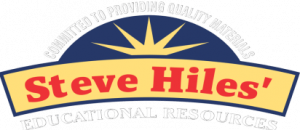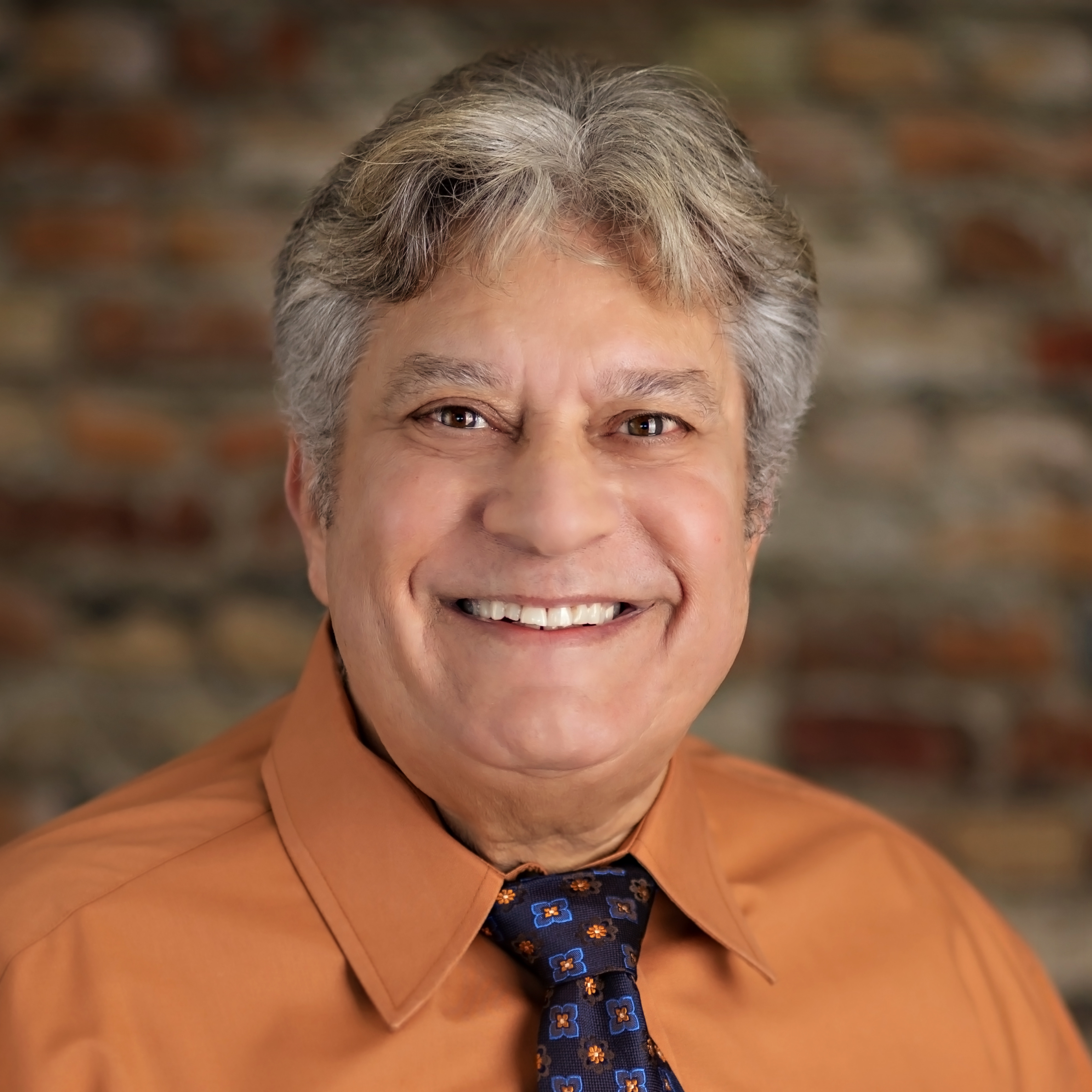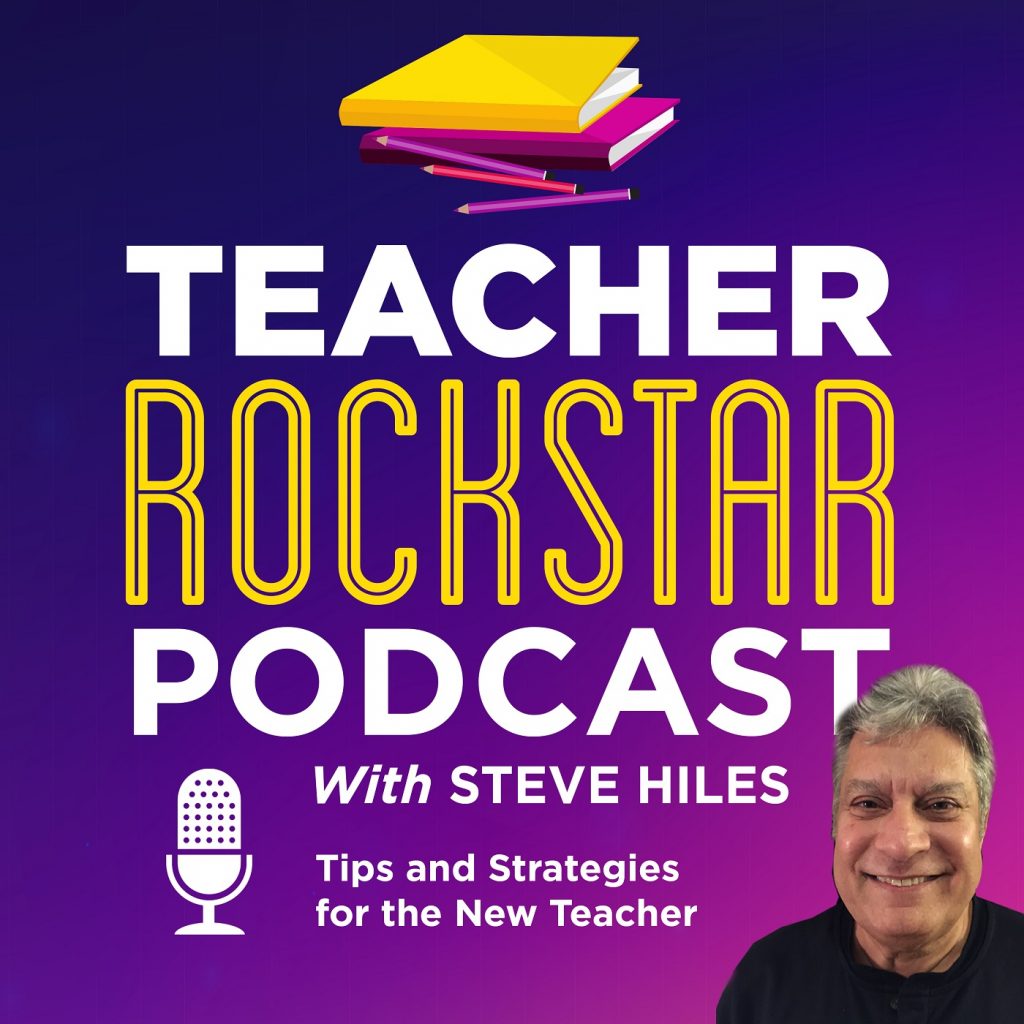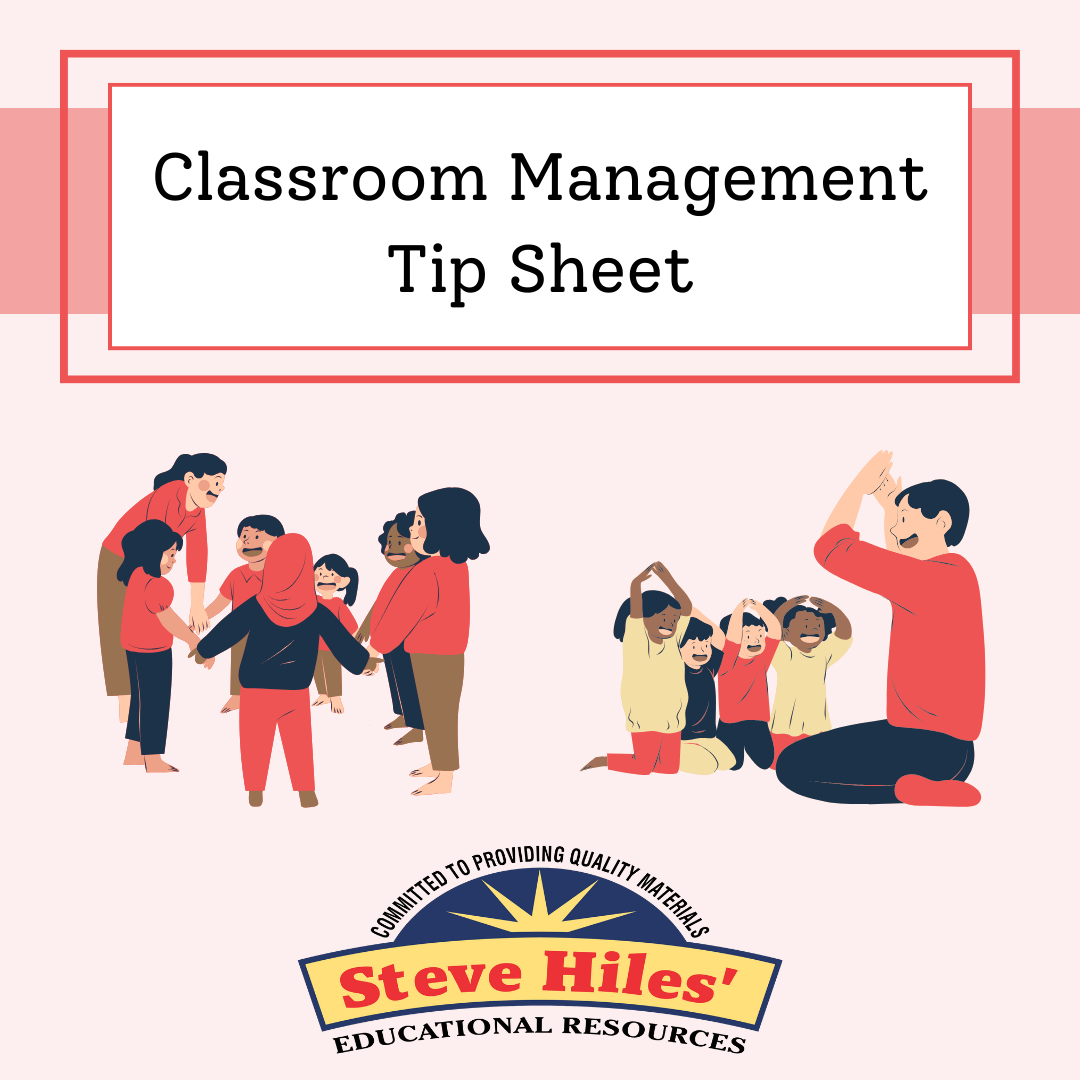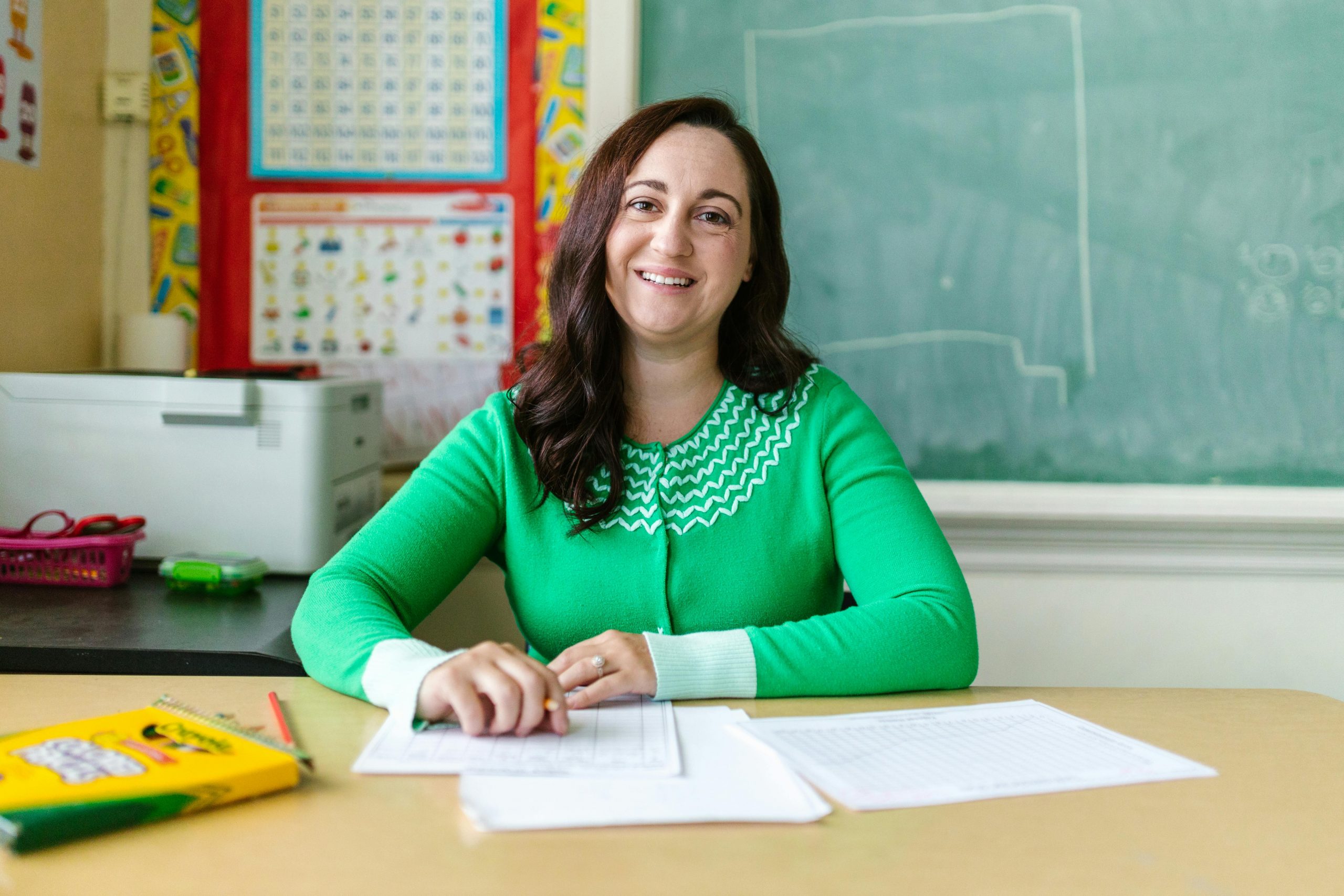There are probably as many schools-of-thought on lesson planning as there are teachers of teaching. Your professors in teachers’ college will likely have insisted on a set style and approach to writing curricula. Educators in public schools will have to fill out a surprisingly large amount of paperwork required by federal, state, and/or local officials and agencies. Your school principal or educational consultant may also prescribe a set format. Whether you work in a public or a private institution, there will be formulas for ‘correct’ lesson planning.
Before sitting down to make out a lesson plan, it is always good to take a bit of time to visualize your students’ response to the materials to be presented. Imagine their faces and body reactions to the topic and lesson objective as you also imagine how you might present it. Allow yourself to consider several strategies before deciding on a single approach.
As a ‘rule of thumb,’ pick the presentation methods that you think will generate the most interest from your students!
Presentation: Teach – Model – Rehearse!
Whether it is something as useful and straightforward as how to tie your shoes or as complex as a geometry theorem or a Latin conjugation, the basics of knowledge transmission have been established over many centuries: present (possibly explain), model, rehearse.
To this day throughout Asia, the primary transmitter used by teachers is repetition without much or any explanation. People often make fun of “parroting” the teacher, simply repeating what the teacher says without really thinking about what it means. Yet as a memorization tool that gets ‘stuck in the mind,’ there is something to be said for simple repetition. It can be a useful tool in your bag of “teacher tricks.”

